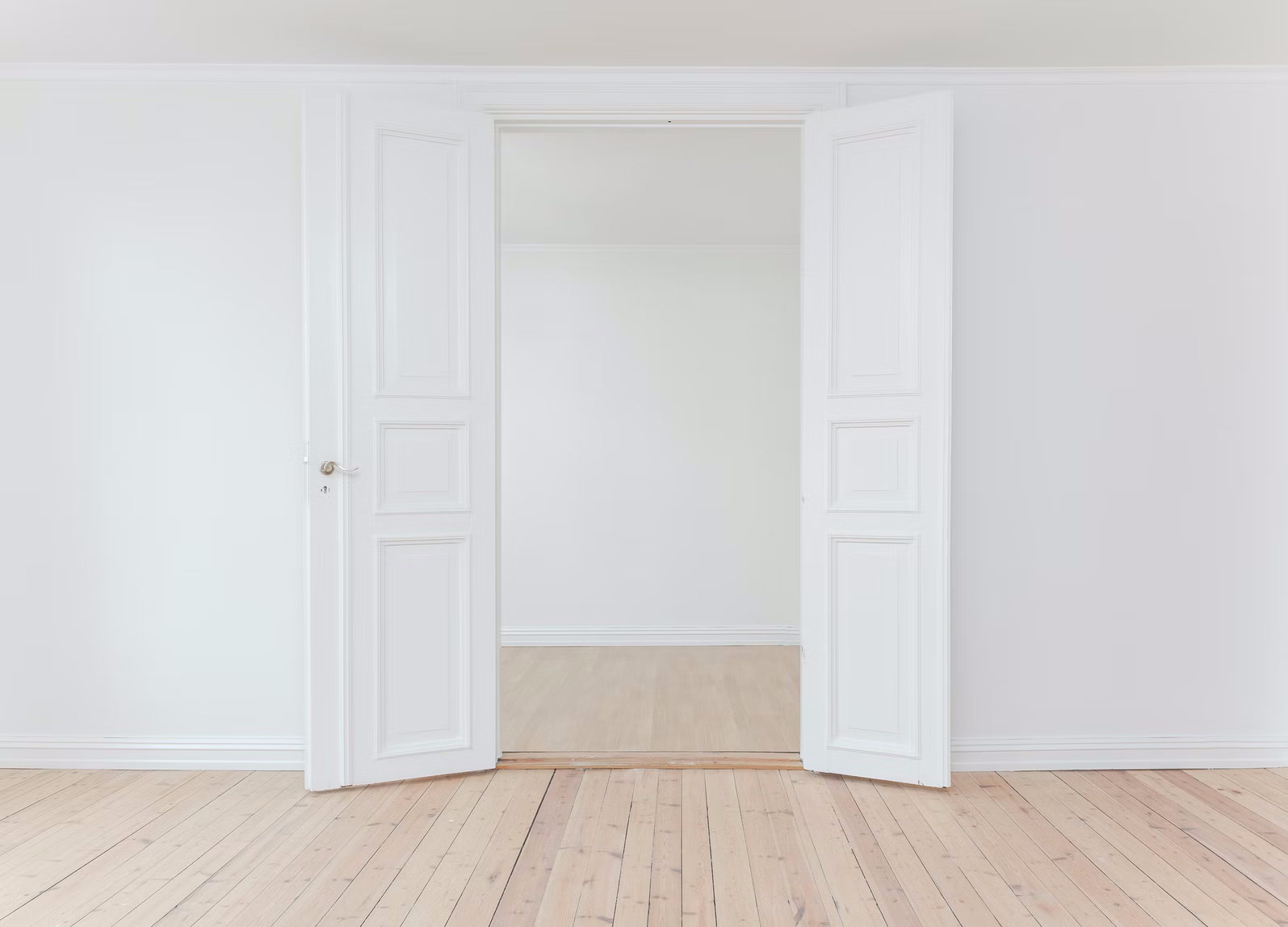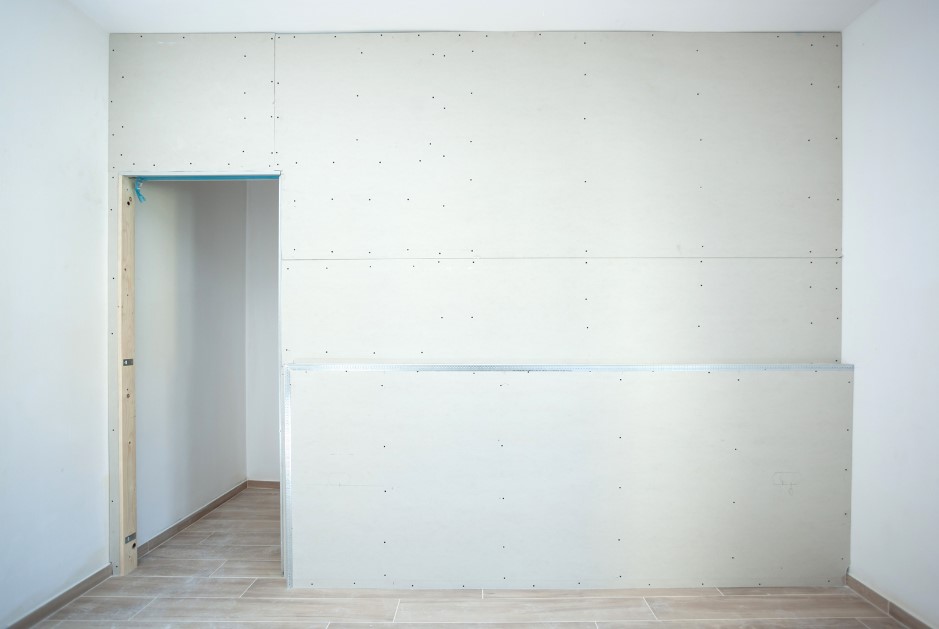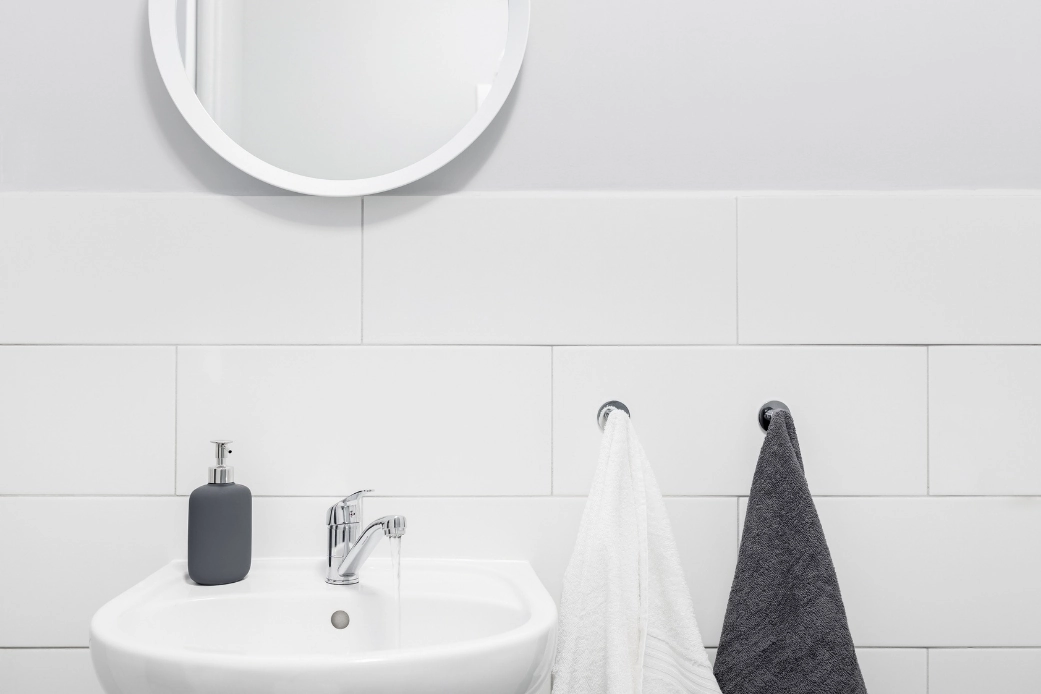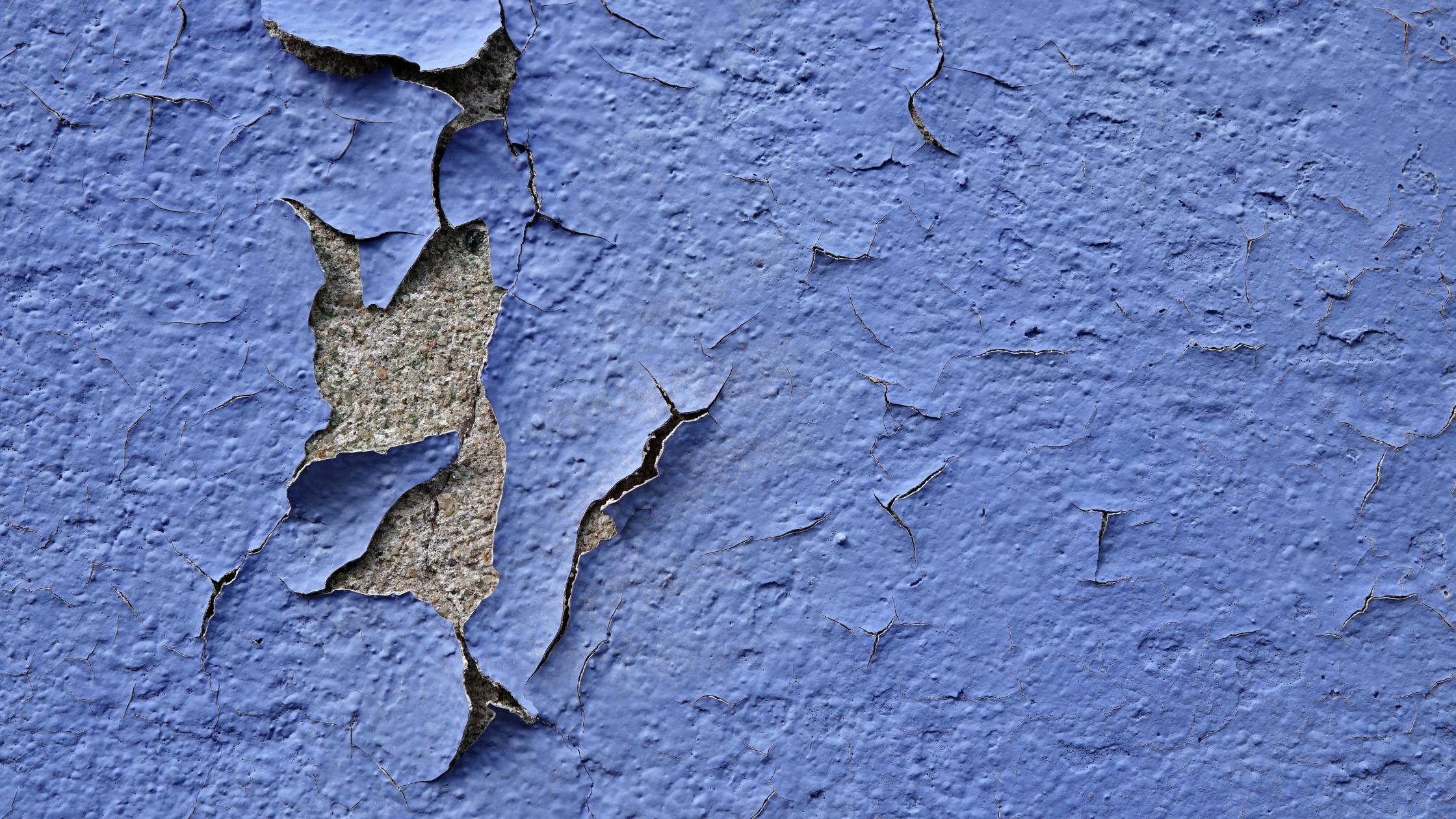
How soon can you paint the walls of a new build home?
You have just built a house or bought a new build flat and would now like to give the walls a lick of paint. The question, however, is when is it okay to paint in a brand new home? Although the walls and ceilings of your new construction may seem dry, it may still be too early to paint them in a fresh colour. But exactly how long should you wait? In this blog post, we give you some tips!
Patience is a beautiful virtue
We will unfortunately have to disappoint you: you should not paint your new walls and ceilings right away. It's best to wait a year before painting. Then the walls are no longer damp and are rough and dry enough to tolerate paint. The theory is that a wall must have gone through every season before it can be painted.
Even after 1 year, it is best to measure the humidity of your walls again. For example, if there was a lot of rain during the summer, the walls may still not be ready for painting. In addition, a new build house still has to "set" a bit, so small cracks may appear while drying. If you paint too early, you run the risk of having to repaint everything.

Don't want to wait a year anyway? Then measure the moisture content with a moisture meter. The moisture meter indicates via colours (green - orange - red) whether your moisture level is good enough to paint. You can always hire a moisture meter from us. Moreover, we recommend you only start treating your walls at a maximum humidity level of 2%. If you start painting at higher humidity levels, you run the risk of the paint, primer or putty coming loose again.
You can also speed up the drying process with a building dryer. Keep in mind that the surface will dry faster this way, but that deeper in the wall a lot of moisture may still be hidden, which will surface later. Natural ventilation is and remains the best drying process.
Let’s get to work!
Suppose the humidity is right and the painting work can start. How do you get started?
- Everything starts with good preparation! Check whether the substrate is still powdery. Is this the case? Then use a fixing agent such as Sikkens Alpha Aquafix or Trimetal Magnaprim Fix. A fixative prevents gloss and colour differences in the final finish. It also reduces the wall's suction and ensures that the paint stays nicely on the wall.
- If you happen to find any holes or cracks in the plaster, it is best to fill them with filler as well.
- Apply a primer and let the coat dry. Respect the drying time indicated on the paint pot. Sikkens Alphatex Primer SF is ideal to apply to bare, unpainted walls.
- Then it's time to apply one to two coats of wall paint.

Give your kitchen or bathroom tiles a new look with these tips



